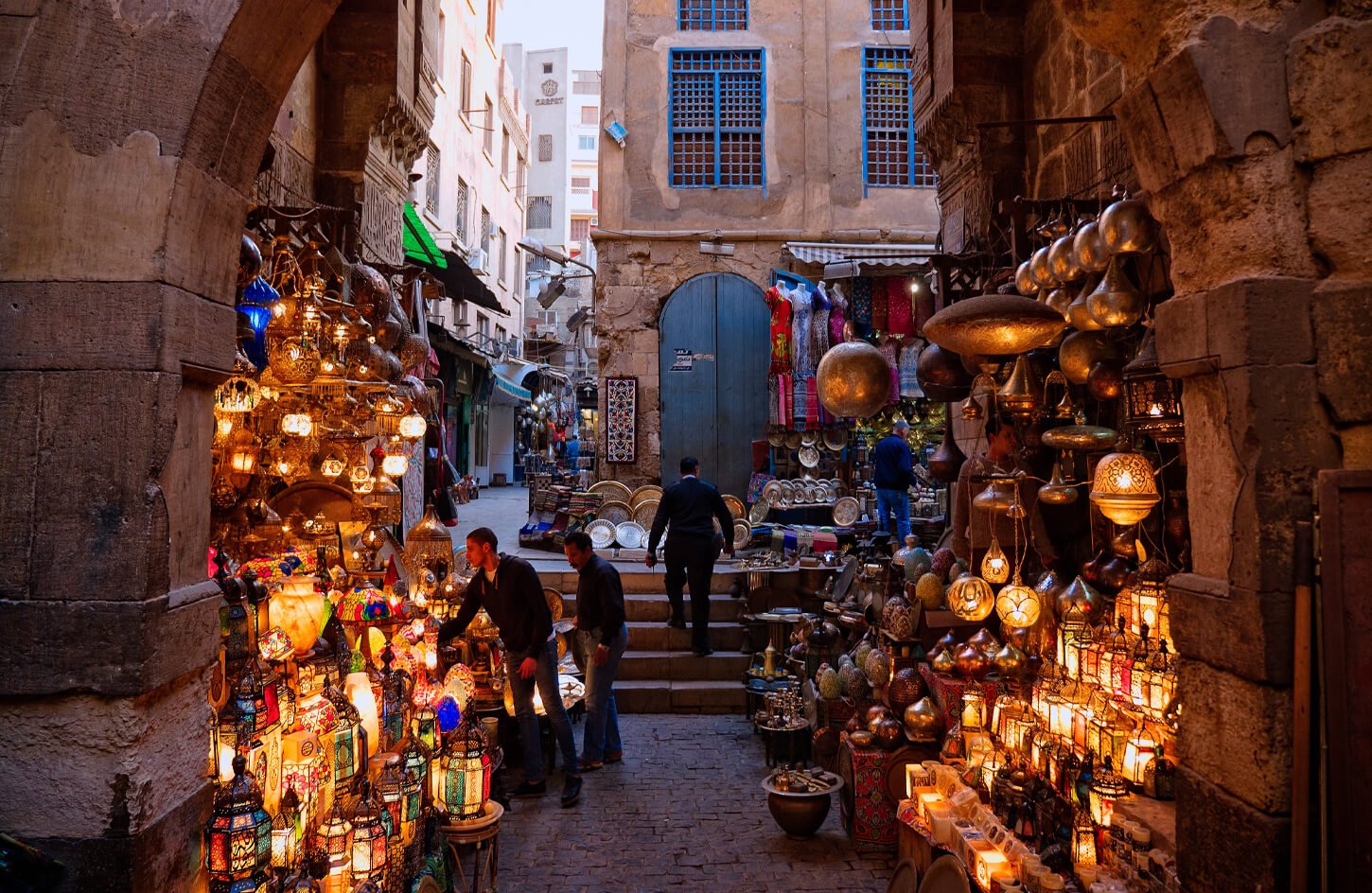
Walking through Khan El Khalili Bazaar, the smell of cardamom and cumin hits you first. This place is filled with history, from spice stalls to gold shops. I’ve lost count of the times I’ve haggled over a hand-painted lantern or marveled at Egyptian cotton shawls.
Imagine sunlit alleys in Luxor’s West Bank, where alabaster statues shine. Next to them, stalls sell Nile-made papyrus. Cairo’s Nile City Towers offer a mix of Dior and local silver jewelry. Top shopping destinations in Egypt blend ancient traditions with modern luxury.
Whether you’re looking for a souvenir or a luxury item, this guide shows you Egypt’s shopping soul. Let’s find genuine treasures and bring home stories in every thread, bead, and bargain.
Egyptian shopping culture is a lively mix of old traditions and new conveniences. At Khan el-Khalili, Cairo’s 500-year-old bazaar, you’ll see artisans making copper lamps and weaving textiles like their ancestors. But, sleek malls like Citystars and Cairo Festival City offer designer brands and cinemas. This mix makes shopping in Egypt a trip through time.
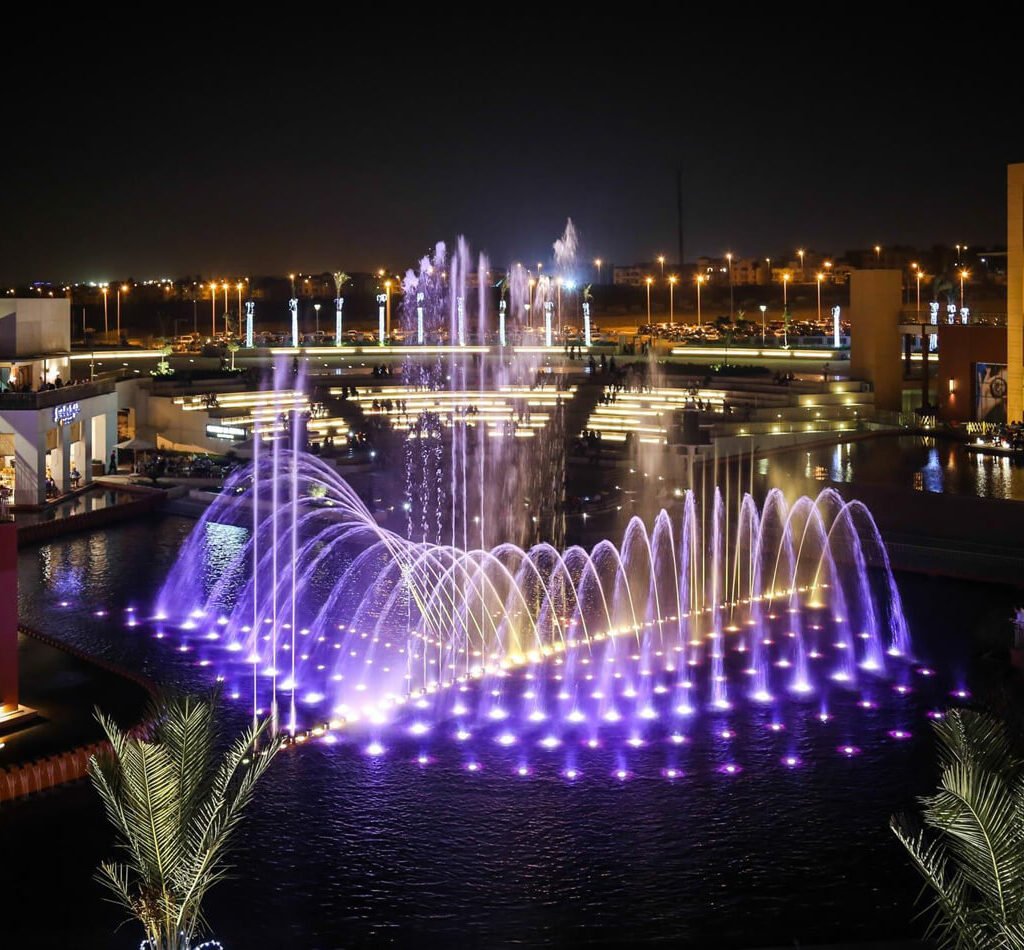
Traditional markets are all about social rituals. Vendors welcome you with tea and tales, making every deal a chat. Bargaining is key here—start low, laugh a lot, and meet in the middle. On the other hand, malls like Alexandria’s San Stefano Grand Plaza or Aswan Souq mix modern designs with local touches, selling Nubian pottery alongside gadgets.
When to shop matters: most stores open at 10am and close by 8pm in quiet areas or 10pm in busy spots. During Ramadan, shops often close midday but stay open late after sunset. Always have small bills for small shops and check gold prices against market rates.
Shopping in Egypt is a journey of history, hospitality, and discovery. Whether tracing spice trails in Luxor’s markets or enjoying mint tea while comparing linen shirts, every moment has a story. This is what shopping in Egypt is all about.
Walking through Khan El Khalili Bazaar in Cairo feels like stepping into a living history book. This place has been around since 1382. It’s filled with spice stalls, gold shops, and Ottoman-era architecture.
Every turn reveals treasures like hand-painted papyrus and intricately woven kilims. The air smells of saffron, rosewater, and freshly brewed mint tea. Café El-Fishawy, a 1797 landmark, is where storytellers and merchants still gather.
Navigating Cairo’s oldest bazaars requires curiosity more than a map. Start mornings early to avoid crowds, then return at dusk. Wearing comfortable shoes is key—the 5,000-square meter maze demands exploration on foot.
When bargaining, smile and start at half the vendor’s first price. This is part of the fun! Modesty is key too: cover shoulders and knees to respect local customs.
While modern Cairo shopping centers offer convenience, these historic markets are where Egyptian culture truly shines. Luxor’s souks offer quieter Nubian handicrafts, and Aswan’s stalls showcase hand-carved alabaster. But Khan El Khalili remains the crown jewel, blending 14th-century charm with daily life.
Let your senses guide you—every haggled deal, every spice-scented breeze, becomes a story to carry home.
Ready to explore beyond Cairo’s famous Khan El Khalili? Egypt’s top shopping spots are full of life, from busy souks to secret treasures. In Luxor’s Souk al-Tawfiq, you’ll hear the sound of alabaster carvers at work. They shape white stone into beautiful bowls.
Artisans here turn raw materials into stunning pieces. It’s perfect for finding unique home decor. Near Luxor Temple, Abu al-Haggag Bazaar is filled with papyrus paintings and replicas. Sayeda Samia Bazaar is known for its colorful fabrics and embroidered linens.
In Alexandria, Souk El Goma is a hidden gem open only on Fridays. It’s where I found vintage lanterns and old books. Aswan’s Nubian Market by the Nile has handwoven baskets and gold jewelry with ancient symbols.
The smell of frankincense fills the air at Aswan Souk. Vendors wrap spices and silverware in banana leaves for easy carrying.
El Moski Street in Cairo is famous for its cotton textiles. These linens feel like a warm hug from the Nile. For Nubian ceramics, visit the Fustat Traditional Crafts Center in Cairo. It offers pottery with patterns passed down through generations.
Each market has its own special rhythm. Cairo’s Souk El-Maghrabi is bustling at dawn, while Luxor’s bazaars shine at sunset. Wear light shoes, as these paths are like stories waiting to be discovered.
After exploring Khan El Khalili’s alleys, Cairo’s modern malls offer a fresh experience. Places like City Stars and Mall of Arabia combine luxury brands with local finds. You can find handwoven baskets alongside Zara’s latest at City Stars, with over 600 stores.
These malls, like Zamalek’s shopping centers, highlight Egyptian craftsmanship. You’ll find pottery and linen boutiques under glass ceilings. It’s a cool, air-conditioned escape from the heat.
Mall of Arabia has 400+ stores, from Gucci to Egyptian spice shops. There’s even an indoor amusement park for kids. Enjoy a mint tea at a café while comparing prices without haggling.
Zamalek’s indie boutiques offer a cozy vibe with contemporary art and Nubian textiles. For a family night out, try Cairo Festival City’s IKEA or Park Mall’s cinema. These malls offer perks like midnight hours and Wi-Fi.
While markets are lively, malls provide comfort and ease. Whether you’re looking for a souvenir or a break from the heat, Cairo’s malls have it all. Just grab your credit card and explore—your suitcase and back will appreciate it!
Bargaining is key in Egyptian shopping culture. It’s a mix of respect and cleverness. My first time at Khan el-Khalili, I was shocked by a $50 price tag for a $5 scarf. Now, I see it as a fun challenge.
Start by checking prices online or asking locals for a fair price. Vendors usually start high, hoping you’ll negotiate. Try to meet them halfway. If they won’t budge, just smile and leave. They might call you back with a better offer.
Learn some Arabic phrases like “Bikam hada?” (How much is this?) or “Allah yebark bik” (May God bless your hands). It helps build a connection. Be friendly but firm. If they want $20, offer $10.
At closing time, prices can drop by 30%. Always have small bills ready to make quick deals. Vendors love easy transactions.
Shopping in Egypt is about sharing experiences. Don’t fight over small items. Enjoy the process and celebrate good deals. Bargaining is a fun way to connect with vendors. You’ll leave with more than just souvenirs—you’ll have a piece of Egyptian hospitality.
Shopping in Egypt is more than just buying trinkets. It’s a journey into 5,000 years of craftsmanship. My top picks include papyrus scrolls with Nile scenes. These are hand-painted and have a unique crosshatch fiber.
Look for these at Khan el-Khalili’s stalls. Vendors there will tell you about the papyrus’s ancient use as writing material.
Gold cartouches etched with hieroglyphs make great gifts. Make sure to check for purity hallmarks. Opt for local goldsmiths in Cairo’s El Sagha Market for the best prices.
Luxor’s spice markets offer amazing scents. You can find cumin, saffron, and dukkah blends in reusable tin boxes. Always choose whole spices for freshness.
Alabaster carvings glow faintly when backlit, a sign of authenticity. Real pieces are cold to the touch. Fake ones crumble under pressure.
Brass lanterns from Aswan’s bazaars add a Middle Eastern touch. Test them for weight—they should feel sturdy. Bedouin textiles, like handwoven galabeyas or embroidered linens, tell stories of nomadic life.
Packing smart is key. Wrap delicate items like glass perfume bottles in scarves. Avoid ivory or antique artifacts—customs will confiscate them. Egyptian cotton towels from Luxor’s boutiques are also a must-have—they’re incredibly soft.
With these tips, your suitcase becomes a treasure chest of culture. Every item tells a story waiting to be told.
I found out that online shopping Egypt lets you discover Egyptian treasures before you even arrive. Sites like Instagram and Facebook connect you with local artisans. You can pre-order unique items like hand-painted pottery or linen scarves.
This way, you skip the crowded shopping in Egypt markets. You also get authentic, handmade goods. But don’t miss out on the real experience of shopping in Egypt. Combining online research with in-person shopping makes your trip even more special.
Apps like Noon or local craft networks help you find sellers who can ship items home. Imagine getting a handwoven basket at your door before you even arrive. These tools save time and let you compare prices without the hassle of heavy bags.
But, you might miss the excitement of bargaining for copper trays or galabiyas. Use online shopping wisely. Look up popular sellers online, then visit their shops to see their work up close. Order big items like carpets ahead of time to avoid carrying them.
But don’t miss the sensory experience of Khan al-Khalili’s stalls. No screen can replace the smell of frankincense or the feel of embroidered cushions. Mix digital shopping with the real experience of shopping in Egypt for a more memorable trip.
Shopping in Egypt is an unforgettable experience. But, it’s important to stay alert to avoid scams. I’ve heard of tourists buying fake gold cartouches instead of real ones. Scammers often use tricks like switching items during “testing” or selling fake papyrus.
To protect yourself, watch out for red flags. Fake alabaster statues break easily when tapped. Real papyrus lets light pass through when held up to sunlight. Look for shops with clear prices and avoid those who pressure you without a price.

Be aware of common scams like fake perfumes or vendors using fake currency. Always check gold items for hallmarks. For textiles, feel the weave to see if it’s machine-made or handwoven. If a deal seems too good, it probably is.
Carry small bills to avoid cash scams. Always confirm prices before buying. Trust your instincts. If you’re unsure, visit markets like Khan El Khalili for reputable shops. With these tips, you’ll find authentic Egyptian souvenirs, not scams.
Shopping in Egypt is more than just buying souvenirs. It connects the past with the present. You can explore the ancient history at Khan el-Khalili market or enjoy modern shopping at City Stars Mall. Each place has its own story to tell.
Imagine holding Egyptian cotton sheets, admiring hand-painted ceramics, or carrying a leather bag with unique patterns. These items are more than souvenirs; they’re part of your journey. Don’t forget to haggle, carry small bills, and enjoy the lively atmosphere of Zamalek’s shops.
Plan your days by visiting markets in the morning and malls in the afternoon. Start at Khan el-Khalili, then explore El Moski Street for affordable finds. For a luxury experience, head to Mall of Arabia. Make sure to leave room in your luggage for special items like papyrus scrolls or rose perfume.
Egypt’s markets turn shopping into an adventure that supports local craftspeople. Each item, from embroidered galabiyas to hand-blown glass lamps, connects you to centuries of tradition. These purchases are not just goods but also stories of pride, negotiation, and vibrant culture.
Read more related articles:


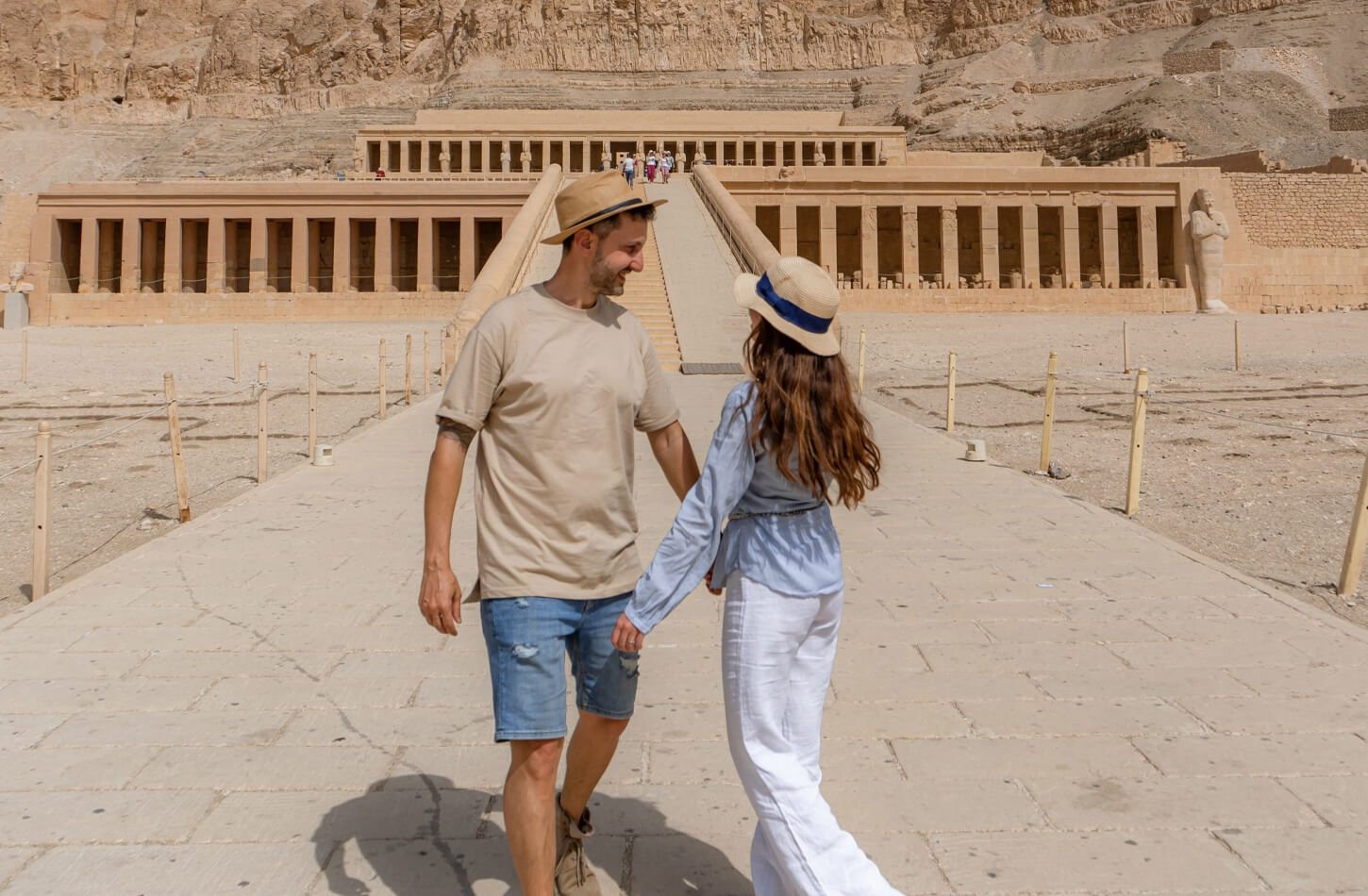
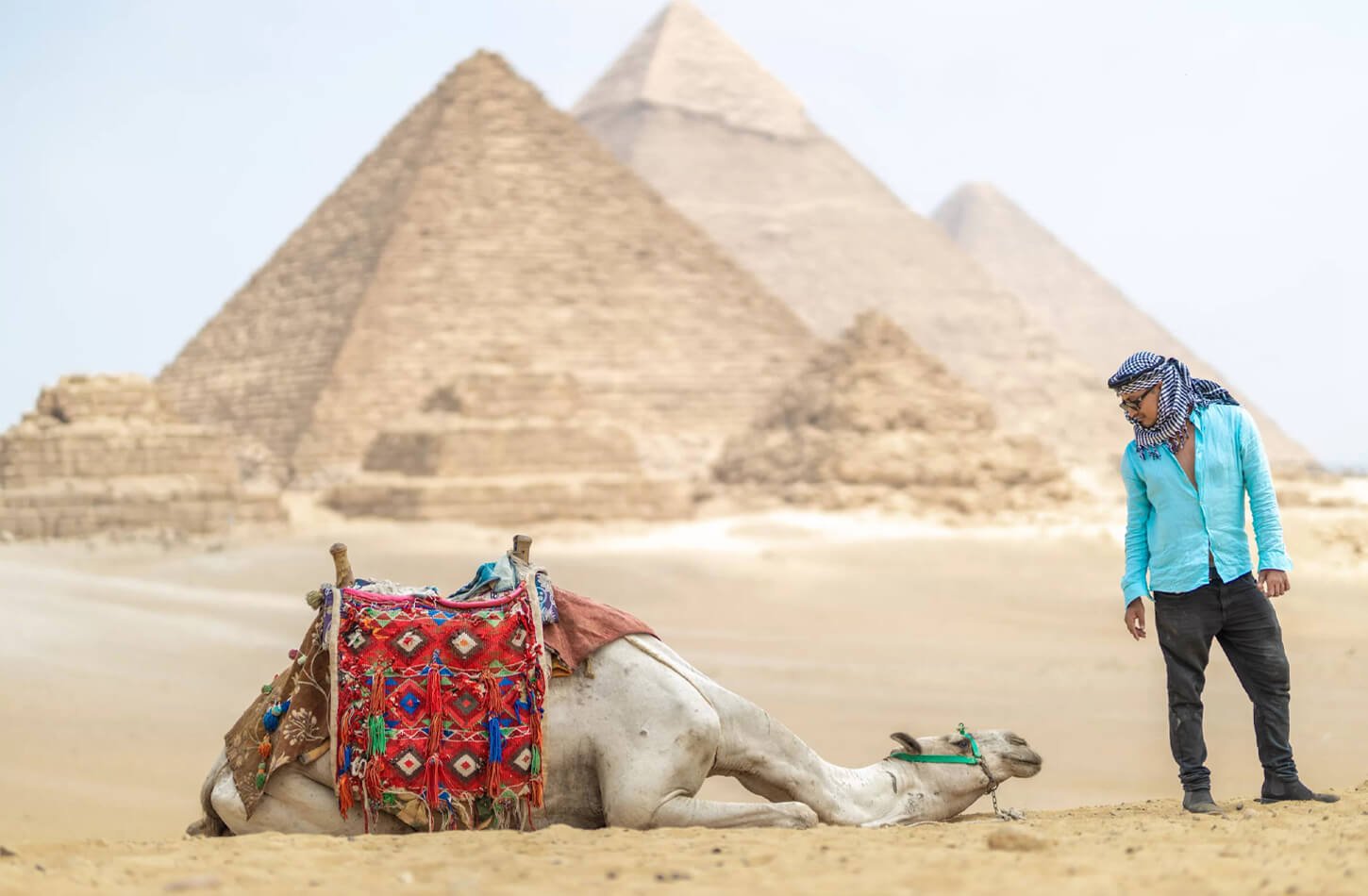
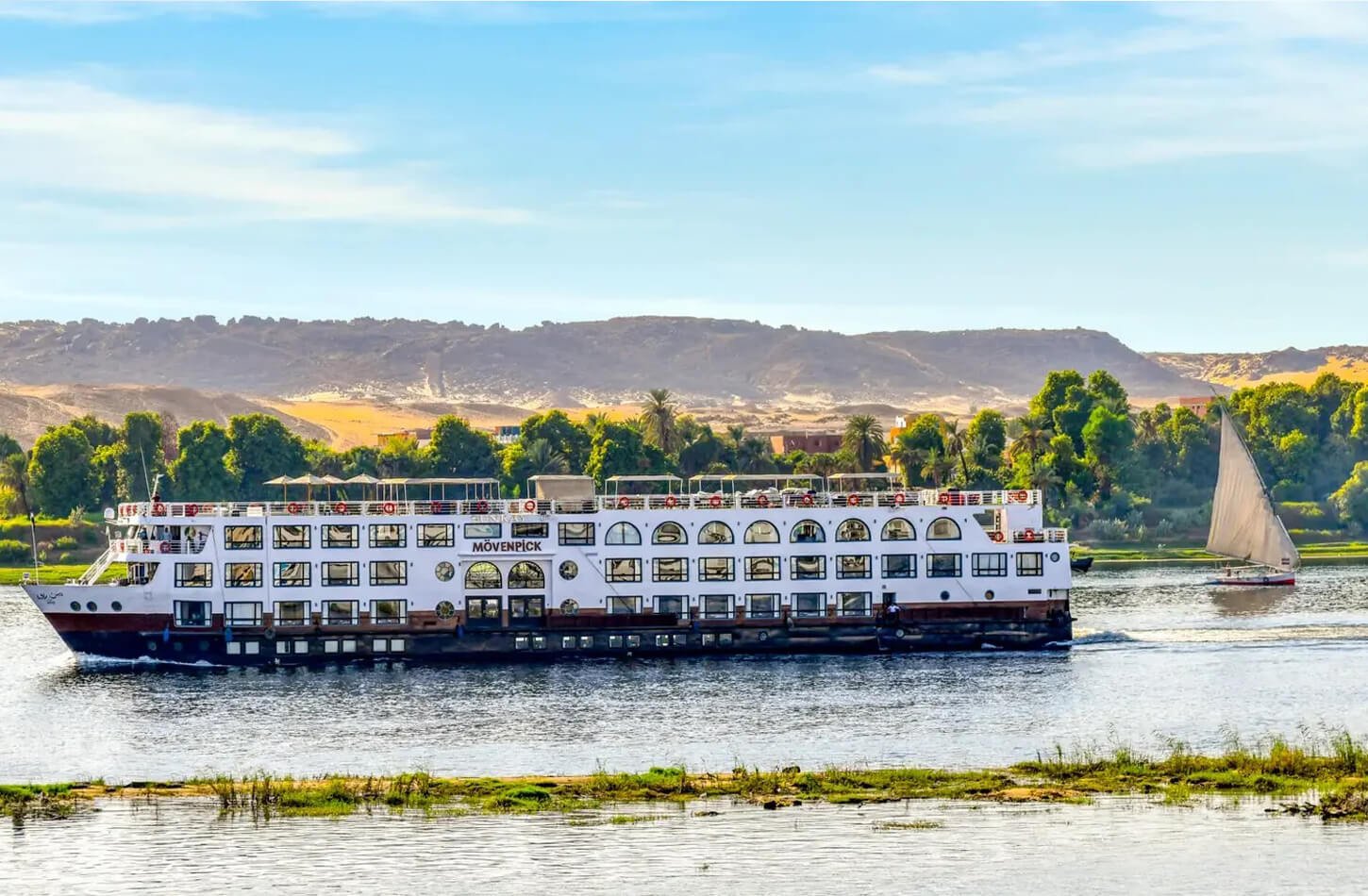
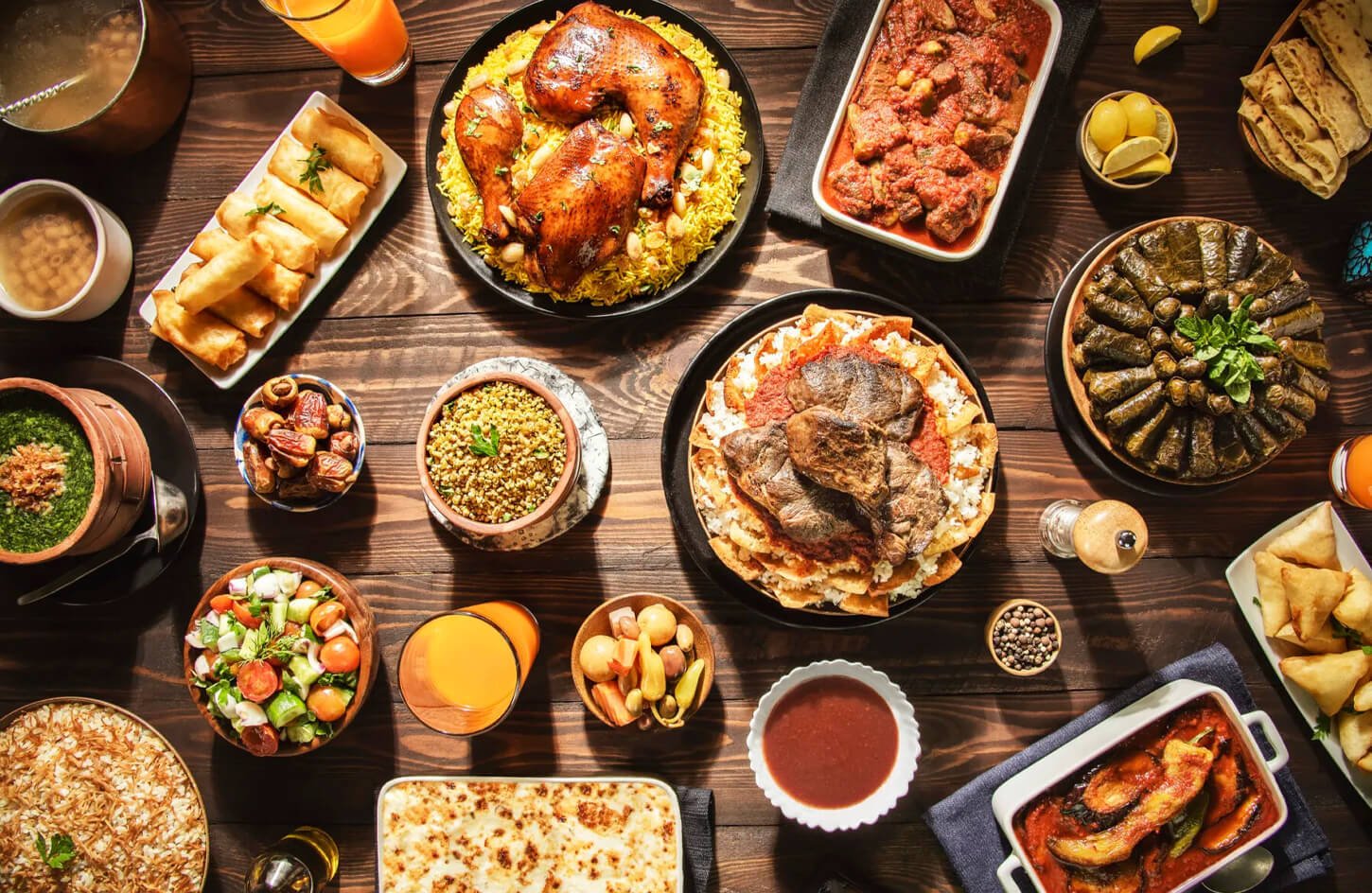

Don't just get there, get there in style.
Information
Follow Us
Payment channels
